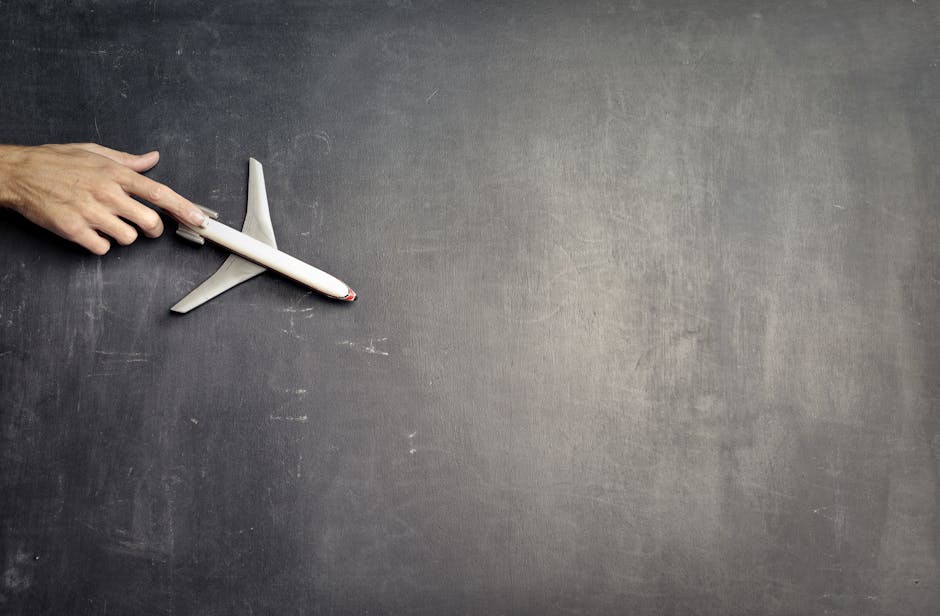
Art without Borders: Global Collaboration through Abstract Expression
Art without Borders: Global Collaboration through Abstract Expression
Art has always been a powerful medium for communication, transcending national boundaries and cultural differences. It serves as a universal language that connects people from different backgrounds, fostering global collaboration and understanding. One of the most influential movements that epitomizes this idea is abstract expressionism.
Abstract expressionism emerged in the mid-20th century, primarily in the United States, but quickly spread across the globe. Artists sought to express their emotions and experiences through non-representational forms, emphasizing spontaneity and intuition over traditional techniques and subject matter.
This movement revolutionized the art world by rejecting traditional boundaries and fostering collaboration among artists from various countries. The absence of recognizable subjects allowed artists to communicate beyond language barriers, creating a shared visual language that resonated with audiences worldwide.
Art without borders goes beyond physical boundaries; it breaks down societal, cultural, and political barriers. Abstract expressionism challenged existing norms and conventions, encouraging artists to explore new ideas and experiment with different mediums.
Collaboration among artists became a driving force behind the movement, as they sought inspiration and support from one another. Artists exchanged ideas, techniques, and critiques across continents, resulting in a rich tapestry of styles and approaches.
Abstract expressionism's global reach can be traced through the works of renowned artists such as Jackson Pollock, Mark Rothko, and Willem de Kooning. While these artists hailed from different countries, their shared commitment to pushing artistic boundaries created a sense of unity and collaboration.
Today, the legacy of abstract expressionism lives on, as contemporary artists continue to explore the concept of Art without Borders. The digital age has further facilitated global collaboration, allowing artists from different corners of the world to connect and exchange ideas effortlessly.
Whether through virtual exhibitions, online forums, or collaborative projects, artists are pushing the boundaries of abstract expressionism and creating a global community of creators. This shared space enables the exchange of ideas, influences, and inspiration, leading to cross-cultural collaborations that shape the future of art.
